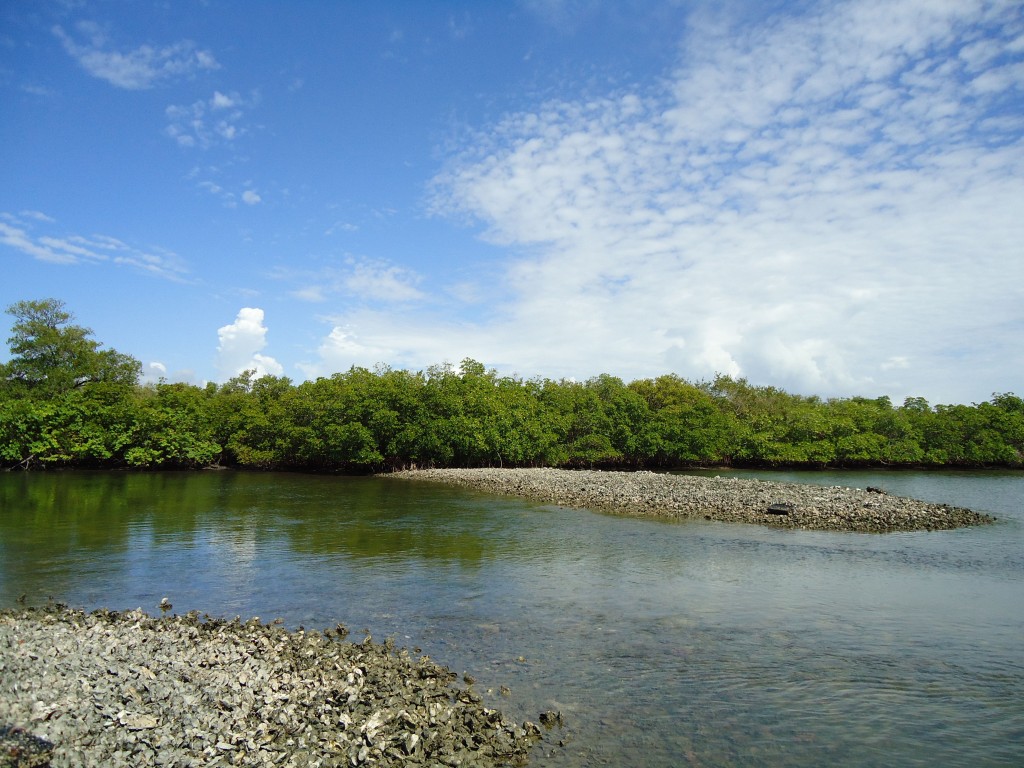by Katrina Lohan
For our next parasite hunting adventure, Kristy and I will be spending two weeks on Florida’s Atlantic Coast at the Smithsonian Marine Station at Fort Pierce. The marine station is located on a beautiful lagoon. We arrived on Monday and got a warm welcome from the staff, a thorough tour of the facilities and unpacked all of our gear, all four boxes of it. (No, we don’t travel light!) While here, we are staying on campus at the Taylor house, which is a residence for visiting scientists complete with kitchen, full bathroom, and a beautiful wrap-around porch that faces the water. We have long days and nights on these field trips, so it’s nice to have close accommodations that allow us to easily get back and forth to the lab, along with a full kitchen so we can cook quick and easy meals before returning to processing oysters. So far, I’m impressed!On Tuesday, we headed out to our first field location. We hopped in a small boat owned by the Smithsonian and went to Jack’s Island, an oyster reef surrounded by mangrove trees. We were able to easily find Crassostrea virginica, as it is the species that makes up the reef, and then had to spend a little more time searching for Isognomon sp. at each site to get the numbers we needed. Also, it’s virtually impossible to tell which oysters are Ostrea sp. without opening the shells, so hopefully we have enough of those….
We also had a new first at this site—this is the first time that we have had a tour boat pass us while we were collecting!
Read accounts of marine biologists hunting for oyster parasites in Panama >>


